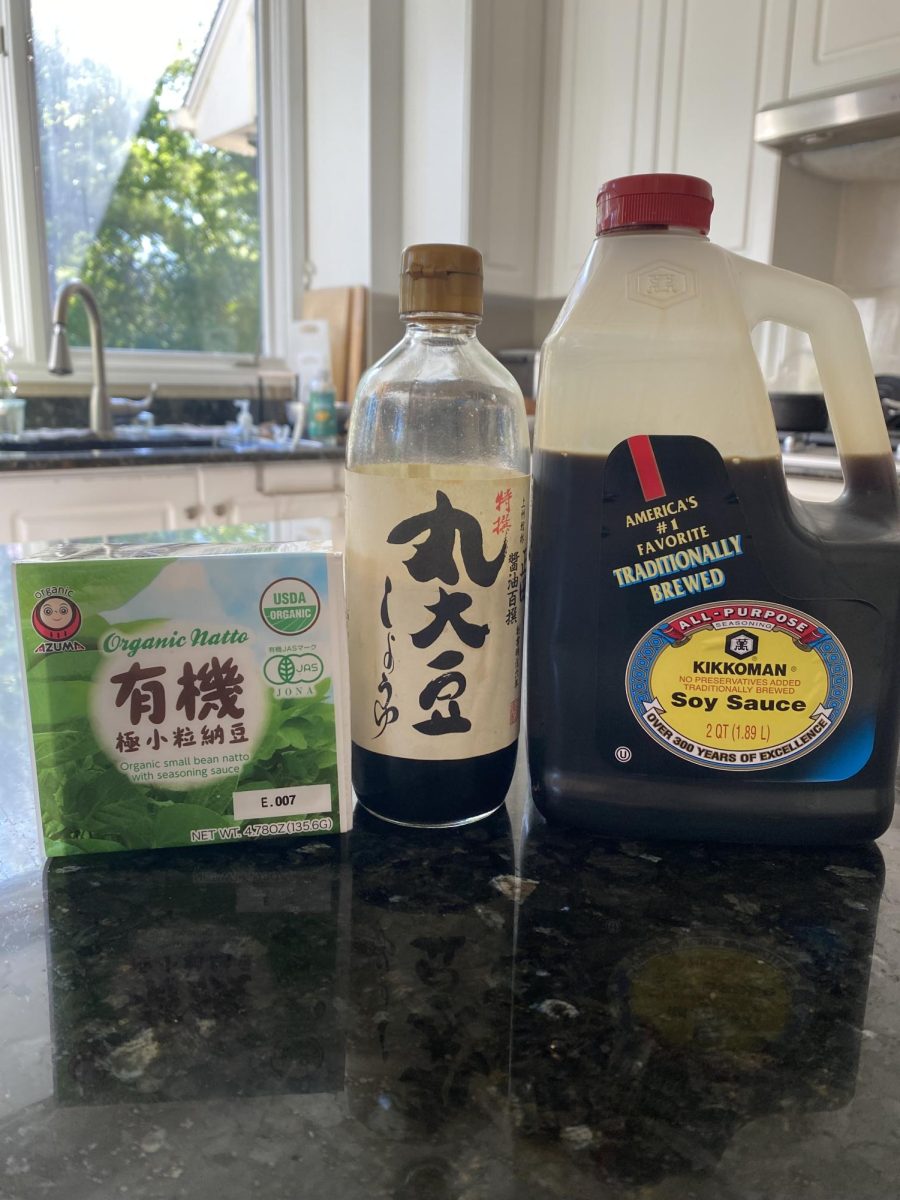In the modern world, cuisine from faraway continents finds its way to America; the occasion for food naming has been localized to suit our pallets. There’s no issue in bringing cultures together, in fact, it’s actually productive for the progress of the local businesses and consumers. Businesses can capitalize off their unique pitches on alternative foods, like oat milk produced by Swedish companies. These products are then distributed to anyone who takes a niche liking to the food. Sometimes, it even becomes a part of the domestic culture. Takis are one such commodity, originally marketed to a Hispanic audience, they now line the supermarkets in America – alongside the other big-name snack genres.
The transfer of cuisines isn’t especially new, such American commerce dates to the 15th century with the Columbian Exchange. Corn became a staple crop in Europe with America as its origin; cattle found its way to the American continent by passage of trade with Europe. In those days, all people knew was that they were getting variation in their diets and tasty meals – that they could name themselves. The decision of the names no longer happens by locality, but by an all-encompassing decision that keeps foreign foods alien.
It’s clear that there’s a problematic component to introducing foreign foods. The issue being the creation of localized names that do justice to the food’s deliciousness. While called “anko” in Japan, the sweet filling and specialty – with an iconicism equivalent to chocolate – is named red bean paste in America. The issue being that red bean paste simply sounds gross. The descriptors used give the impression that the people who collectively decided to label the food did so based on appearance and not on its taste. Even the spread’s sweetness isn’t conveyed in the name. The problems only multiply when Americans equate beans and their redness with kidney beans and canned goods – both aren’t things people typically consider as their favorite food. This is the case in the United States and it further distances red bean paste from being as loved as chocolate.
An adventurous connoisseur may pay a visit to the local asian or ethnic supermarket to pick out a faraway delicacy, but there’s little chance that they stumble upon fermented soybeans and make it their duty to try it. Soybeans already have a place in America because of soy sauce and its widespread use in various recipes. However, ever since food products became a thing made in enclosed factories with their shutters closed, the processes involved in making food detaches itself from common knowledge. Fermentation is actually a process used across several food industries in America. But companies make sure to market them by what consumers deem appealing; the advent of niche foreign foods doesn’t get that same treatment. For example, companies would call their product yogurt instead of bacterially fermented milk. This makes it so foreign products with bad naming conventions can’t rise to the list of favorites of Americans – since it’s not appealing to try it in the first place. Additionally, it harms the business to consumer system mentioned earlier where both entities benefit.
The convention of naming is no longer in the hands of the people – as the population is so sizable to fully represent. But it also shouldn’t be in the hands of foreign companies that don’t know how to describe their products in English, nor the distributors who have to label the foods to something a consumer would understand. At the same time, using their original names can be alienating to English speakers and difficult to remember. The best case scenario is the variation of the names themselves. It’s what’s worked for sauerkraut, in which the first letter is pronounced with a “z” in German, but has been changed to an “s” for American pronunciation – since the original letter is seldom used in English. Nevertheless, it’s safe to say that the naming of foreign foods is widely incorrect as it is now.









